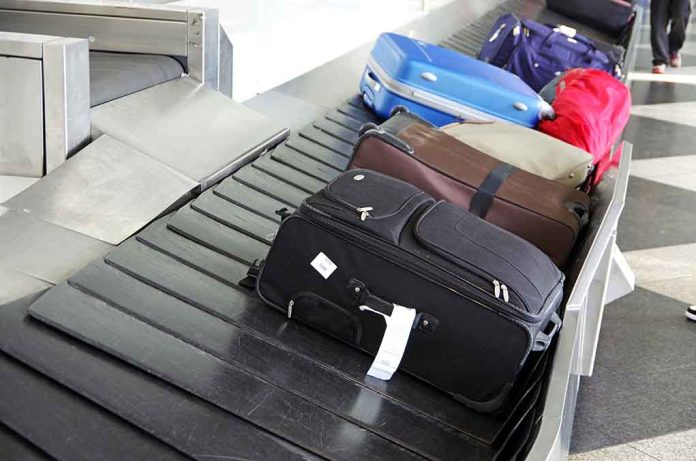
Newark Liberty International Airport passengers face five-hour delays and hundreds of flight cancellations as chronic FAA staffing shortages, equipment failures, and a major runway closure create a perfect storm of travel disruptions.
Key Takeaways
- Newark Airport experienced significant operational delays with arriving flights delayed by an average of 381 minutes.
- Nearly 20% of flights were canceled and over 40% delayed due to combined issues of FAA staffing shortages, equipment problems, and runway construction.
- The FAA is currently short approximately 3,500 air traffic controllers nationwide, creating system-wide vulnerabilities.
- One runway will remain fully closed until mid-June 2025 for a $121 million rehabilitation project.
- Transportation Secretary Sean Duffy announced plans to address the “cracks in the system” with controller bonuses, pay raises, and accelerated hiring.
Staffing Crisis Grounds Flights
Newark Liberty International Airport has become the focal point of a transportation crisis affecting thousands of travelers daily. The FAA’s chronic staffing shortages have reached a critical point, with the agency short approximately 3,500 air traffic controllers nationwide. This staffing deficit has forced remaining controllers into mandatory overtime and six-day work weeks, creating dangerous fatigue conditions in a profession where alertness is essential. Newark saw nearly 20% of flights canceled and over 40% delayed in one day, with average delays for arriving flights reaching an astounding 381 minutes – more than six hours of waiting time for frustrated passengers.
The staffing issues have become so severe that the FAA has transferred airspace control for Newark to an operations center in Philadelphia, which is experiencing its own staffing constraints. This redistribution of resources has created additional complications, further stressing an already fragile system. Complicating matters, equipment failures at the Philadelphia center contributed to recent ground stops at Newark, creating a cascading effect of delays throughout the Northeast corridor’s air traffic network.
A shortage of air traffic controllers is causing problems at Newark Airport near New York City, which could see more flight delays as the busy summer travel season approaches. @trevorlault reports. pic.twitter.com/lcou9HsAOa
— Good Morning America (@GMA) May 2, 2025
Runway Construction Compounds Problems
Adding to Newark’s operational challenges is a major infrastructure project that has closed one of the airport’s main runways. The $121 million runway rehabilitation project has reduced Newark to a single takeoff and landing location during critical periods, severely limiting the airport’s capacity to process flights efficiently. According to airport officials, this runway will remain fully closed until mid-June 2025 – creating a full year of potential disruptions ahead for travelers. With one runway closed, the airport becomes especially vulnerable to weather challenges, further exacerbating delays when wind or other conditions arise.
United Airlines, which considers Newark a major hub, has been particularly impacted by these disruptions. The airline has experienced significant flight cancellations and has been forced to divert numerous flights to alternative airports. These diversions create additional costs for airlines and massive inconvenience for passengers who suddenly find themselves at unintended destinations with limited options for reaching their original destinations.
Government Response to Aviation Crisis
Transportation Secretary Sean Duffy has acknowledged the severity of the situation, referring to these issues as “cracks in the system” that require immediate attention. In response, Duffy announced plans to offer retention bonuses to encourage experienced controllers to delay retirement and incentives to relocate controllers to harder-to-staff facilities like those serving the New York metropolitan area. The Department of Transportation has already announced pay raises for new controllers and efforts to streamline the hiring process to address the critical staffing shortage.
Duffy has also indicated plans to announce a comprehensive revamping of air traffic control infrastructure and equipment. The current training process for controllers takes years, but Duffy expressed optimism about accelerating this timeline, stating, “We’re hoping in three to four years we can get to full staffing, not 20 years.” In the meantime, minimum flight requirements at New York City-area airports have been extended through October 2025, acknowledging that the issues will not be resolved quickly. For travelers, the message remains clear: check flight status before heading to the airport, as these disruptions are expected to continue for the foreseeable future.
Sources:
Newark airport experiencing cancellations, delays once again due to staffing, construction issues
FAA staffing issues, runway repairs force hundreds of flight cancellations, delays at Newark airport



